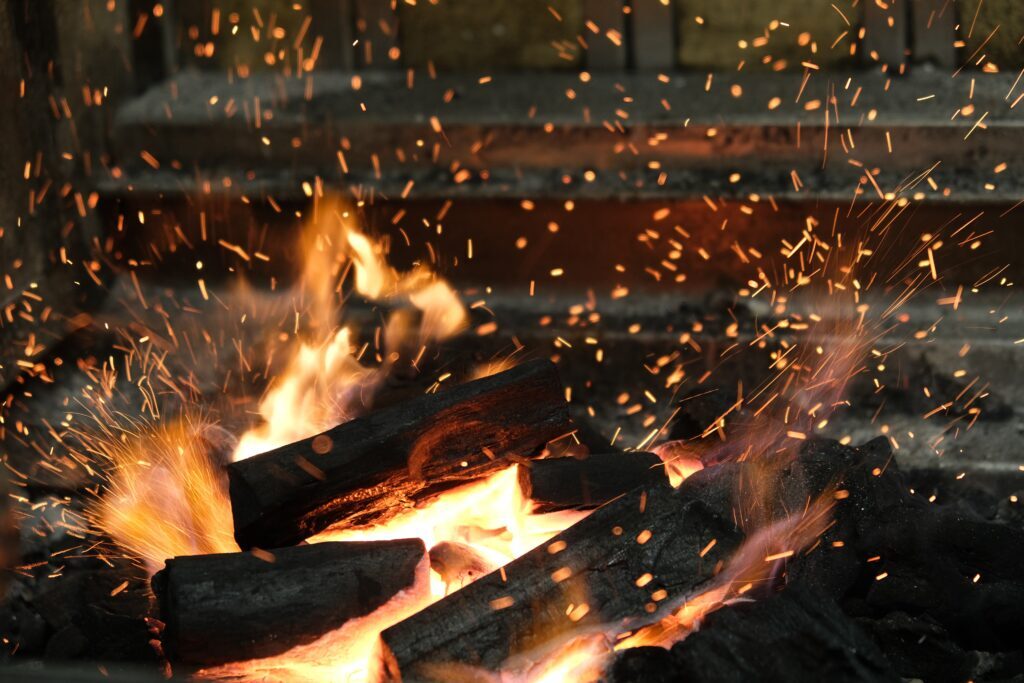Carbon monoxide (CO) is a colorless, odorless, tasteless, flammable gas that can cause permanent damage to individuals who are exposed to it. It is caused by the incomplete combustion of gasoline, wood, propane, charcoal, or other fuel. In a video presentation by The Centers for Disease Control and Prevention on CDC-TV, carbon-monoxide was referred to as “the quiet killer.”
It’s an invisible danger and extremely subtle as neither man nor animal can tell when inhaling this dangerous gas. The body replaces oxygen in the blood with CO when CO is inhaled, and red blood cells pick up CO faster than oxygen. Its impact is more dangerous when an individual is asleep. It can lead to death, cardiac complications, or permanent brain damage even before symptoms like loss of consciousness, headache, dizziness, difficulty breathing, nausea, etc., show up.
In an article by The Centers for Disease Control and Prevention(CDC), last reviewed on March 7, 2021, it was reported that every year, at least 430 people die in the U.S. from accidental CO poisoning, and approximately 50,000 people in the U.S. visit the emergency department each year due to accidental CO poisoning.
Causes of Carbon Monoxide Poisoning
A variety of fuel-burning equipment produces carbon monoxide. Paul Garbe, an Environmental Public Health Consultant and former Chief, Air Pollution and Respiratory Health Branch of CDC, explained that poorly maintained heating systems are the number one cause of CO poisoning in homes in the US.
Appliances like grills, water heaters, generators, gas stoves, ovens, lawn equipment, cloth dryers, etc., can all produce CO if they are poorly maintained in apartments.

CO Poisoning has led to death and other grievous health complications, and affected parties in different cases have sued individuals and organizations for causation and negligence on their part.
Carbon Monoxide Poisoning Cases
American States Ins. Co. v. Koloms
In this case, employees of Sales Consultants, Inc sued Koloms. The latter are the beneficial owners of a commercial building where the employees worked when they became ill after inhaling carbon monoxide and other toxic fumes from a furnace.
Six of the employees sought damages as compensation for injuries sustained and filed a suit on the grounds that Koloms negligently maintained the furnace and had failed to keep it in good working condition, thereby leading to the release of CO and other dangerous fumes.
This was a case of a tenant and a landlord who tendered the claim to his insurance carrier. Reed, a tenant, sued her landlord for carbon monoxide poisoning, which she claimed was caused by the landlord’s failure to maintain the rental house in good condition.
Andersen v. Highland House Co.
This case at The Supreme Court of Ohio involved death and injury caused by inhaling carbon monoxide fumes from a faulty heating unit inside the Highland House Apartments, a multi-unit complex owned by appellant Highland House Company.
Other cases of Carbon Monoxide Poisoning include but are not limited to Stoney Run Co. v. Prudential-LMI Commercial Ins. Co., Bernhardt v. Hartford Fire Ins. Co., Essex Ins. Co. v. Tri-Town Corp.
Using Computer-Generated Animation
Computer-generated animation can be used in cases involving carbon monoxide poisoning. An experienced trial and mediation graphics studio can create animations to explain the “invisible” carbon monoxide leakage to the jury.
Animation can illustrate how carbon monoxide is released from poorly maintained equipment. It can demonstrate how it spreads through the apartment and affects its occupants. Furthermore, it can show how safety measures can prevent carbon monoxide poisoning from happening.
Hence, it is crucial to reach out to a trial graphics studio to properly plan and illustrate a carbon monoxide poisoning case you are handling.





